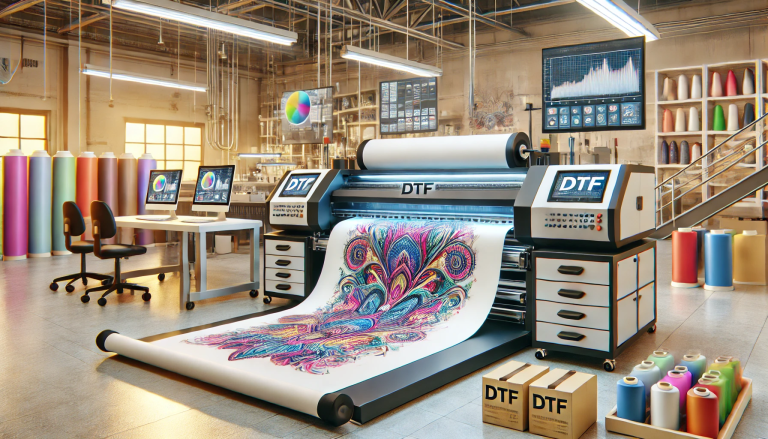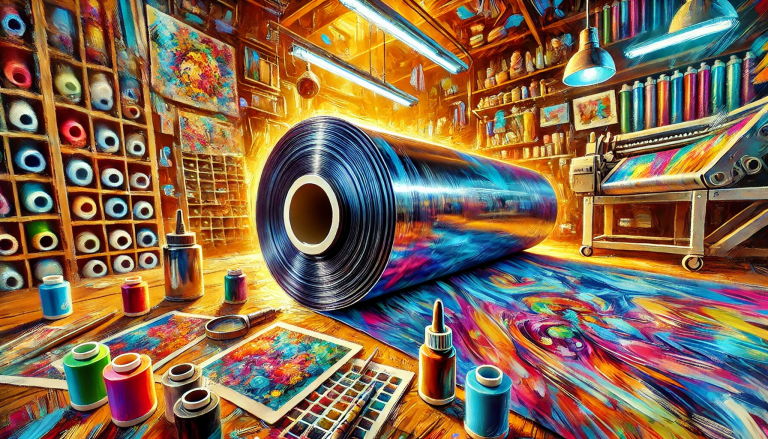“Is DTF Printing Good Quality?” -MAXDTF- DTF PET Sheets Factory, impressora DTF transfer Manufacturer, Made in China
Part 1: Introduction to DTF Printing
Direct-to-Film (DTF) printing is a breakthrough in the textile printing industry that combines the advantages of Direct-to-Garment (DTG) and screen printing. By transferring a design from a special film onto various materials, DTF printing offers impressive flexibility. But does this innovative process also guarantee good quality?
Summary: DTF printing is an innovative technology that transfers designs from a film to various materials. Its quality is the focus of this article.
Part 2: Quality Aspects of DTF Printing
DTF printing stands out in several aspects of quality. The printing process produces vivid, full-color images with an impressive level of detail. The resulting prints are soft to the touch, unlike some printing methods that leave a rough or raised surface. In terms of durability, DTF prints resist fading, cracking, and peeling even after numerous washes, owing to the adhesive powder that’s used to bond the design to the fabric.
Summary: DTF printing provides vibrant, detailed images that are soft to the touch and resist fading and cracking, offering excellent durability.
Part 3: Versatility of DTF Printing
DTF printing’s versatility also contributes to its quality. It can be used on a variety of materials, including cotton, polyester, and blends, and it’s effective on both light and dark fabrics. Unlike some printing methods that struggle with complex designs, DTF printing can reproduce intricate patterns and color gradients with ease. Additionally, it can print large orders efficiently, making it suitable for both small and large-scale projects.
Summary: DTF printing’s versatility across different materials and designs, along with its scalability, contributes to its overall quality.
Part 4: Potential Limitations of DTF Printing
While DTF printing offers impressive quality, it’s not without potential limitations. The initial investment in the necessary equipment, inks, and films can be significant. Smaller businesses or individuals may find this cost prohibitive. Also, the print’s quality can be influenced by the quality of the original digital design. Poor-quality artwork may result in subpar print results, regardless of the DTF process’s capabilities.
Summary: Limitations of DTF printing include the initial cost of equipment and materials and the dependence on the quality of the original digital design.
Part 5: Conclusion
DTF printing, despite some potential challenges, provides high-quality results due to its ability to produce vibrant, durable, and soft-to-touch prints on various materials. As with any technology, achieving the best results with DTF printing requires understanding and properly managing the process. As the technique continues to evolve, its qualities can only be expected to improve, making it a worthwhile consideration for businesses and individuals in the textile printing industry.
Summary: DTF printing provides high-quality results, and its potential limitations can be mitigated with proper understanding and management of the process. Its future promises further advancements in quality and versatility.




